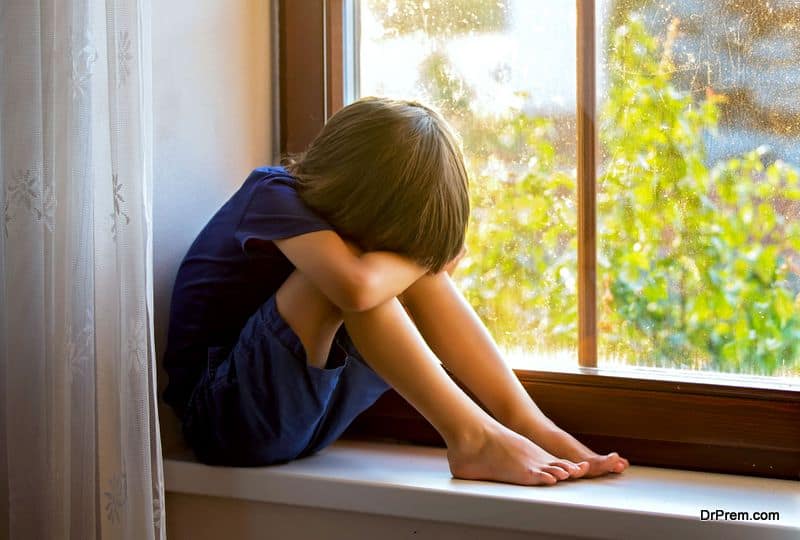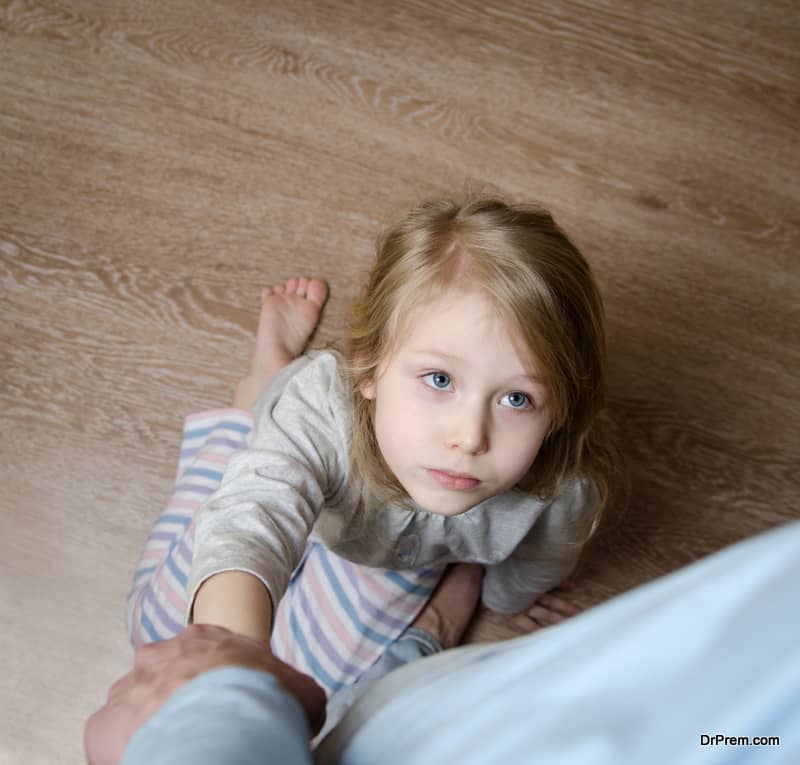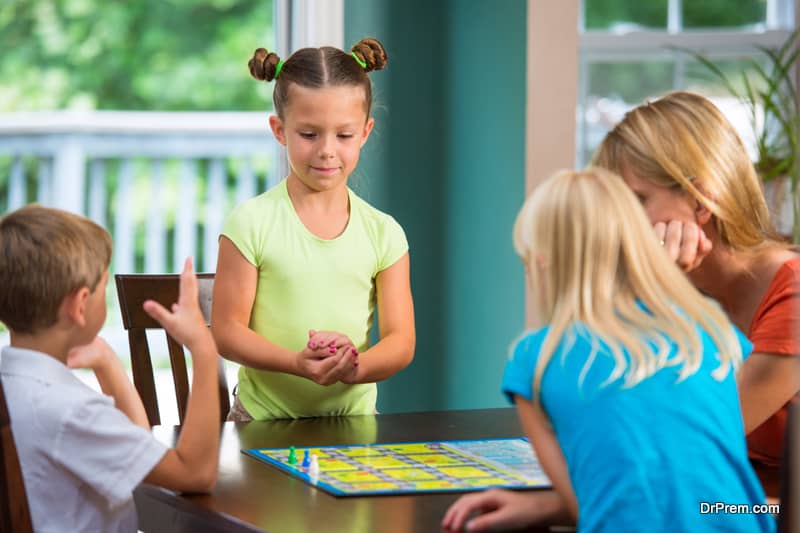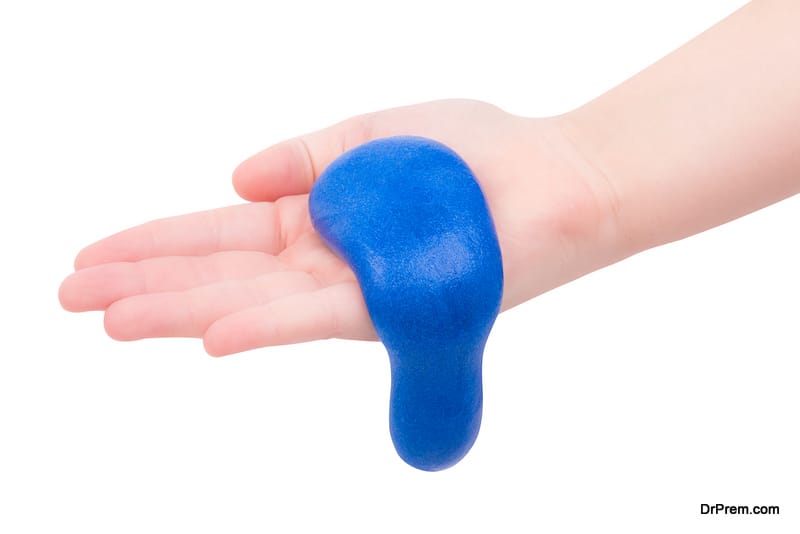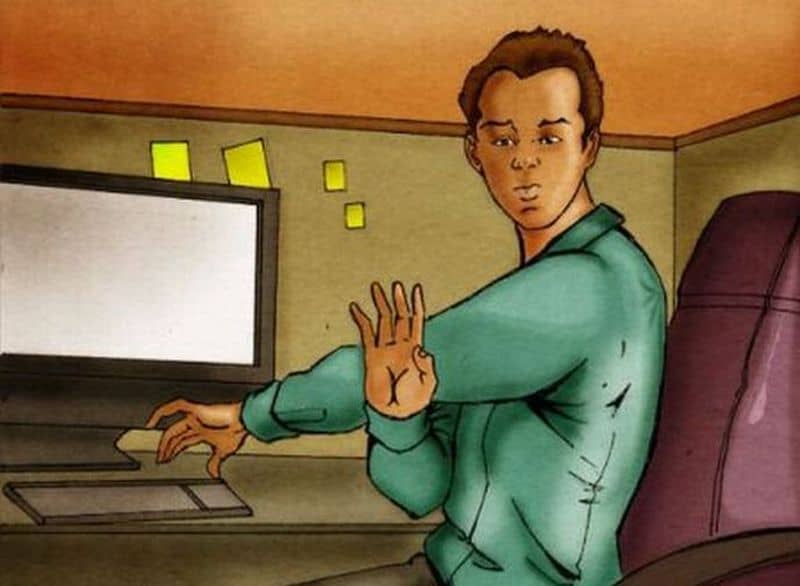Play is not just a play, but a mode of communication for kids. They communicate their emotions better by playing. Therapists are making best use of play therapy for childhood trauma that can make healing fun. A child’s mind in the developmental stage can be molded easily giving him/her relief from the burden of trauma.
Play therapy for childhood trauma – how does it work?
-
How play therapy for childhood trauma works?
-
How play can act as an outlet for a child’s emotions?
-
5 activities involved in play therapy for childhood trauma
-
Game therapy
-
Role modeling
-
Cognitive-behavioral therapy
-
Sand tray
-
Relaxation tools
Play has been a part of kid’s therapy since 1930, when Melanie Klein and Anna Freud initiated using techniques of play in child’s therapy. Some form of play has been applied by most of the clinicians in child therapy. As the same time, play therapy received severe criticisms owing to lack of demonstrated efficacy.
There is no concrete empirical data-based evidence to support play therapy, but existing empirical literature on child psychology supports the importance of play in a child’s physical and psychological development. Play helps in the development of cognitive functioning and personality.
How play therapy for childhood trauma works?
Childhood trauma can arise from domestic violence, sexual abuse, neglect, parental separation, substance abuse, mental illness, bullying and physical assault. During the traumatic phase, the verbal part of the brain shuts down. The experience gets stored at a sensory level where words become inaccessible. The experiential nature of play allows these memories to get expressed and explored in a non-verbal manner which is translated into a verbal narrative by expert therapists.
The treatment modality creates a comfortable ambience for the child to express himself/herself and work with inner conflicts. If the child is unable to verbally express the conflicts, play therapy in a group setting provides a favorable environment to build safe relationships with peers having similar traumatic experiences.
If we, the adults, face some emotional or mental health issues can realize something is out of sorts. We can share our emotional state to others. Children, particularly those very young in age, are incapable of doing that. Most of them lag in verbal expression. Some of them may feel shy while some may not feel comfortable in sharing their mental condition with others. Their mental condition can be best explored through several playing activities when they will be in their most natural form.
According to Lucy Bowen, the executive director of National Association of Play Therapy, India, play therapy being child-led gives children the autonomy to take back the control of life and resolve the cause of distress at their own pace.
In another way, play therapy can be effective for anxiety disorders as it allows children to ‘play out’ their experiences and emotions. It can be cathartic for the child. They can explore different opportunities and learn to create a safe distance from distressing issues and come to terms with them.
How play can act as an outlet for a child’s emotions?
Talking of play therapy for childhood trauma, a child can bring out his/her emotions by pretend play. Children dwell in a world run by adults. They develop the tendency to have control over things and situations similar to adults. Given the opportunity, they also vent out their emotions and botherations through this pretend play.
For example, a 7-year boy is regularly exposed to domestic violence. He shows aggressive behavior at school and is bullied for his nature. In a play therapy session, he enters with some toy cars. Within a moment, he turns the room into a battlefield, proudly taking siege of a dollhouse.
At the first instance, it may seem that the boy is acting anger in play but from a therapist’s view, he is revealing a world of pain. The boy enters the session with a fearful and vulnerable mind and assigns the therapist the role of a victim.
The therapist makes repeated attempts to save family members of the dollhouse from bad guys. The therapist can realize what the boy feels at home repeatedly being under the siege. These feelings are too overwhelming for him to put into words.
A 7-year girl who had undergone sexual abuse could not express her feelings. While playing with a rag doll at the therapist’s office, she takes off its clothes forcibly. When the therapist enquired of this act gently, the child shared she had the same experience by her uncle.
Children, in this manner, reveal a lot of their emotional pain through different activities of play. They do not have the solution or opportunity to address the pain they experience on a daily basis.
The role of the therapist is to understand the situation and bring the missing solutions through play. The therapist chooses the right word and actions of play along with the child to instill security and calmness on the child’s vulnerable mind.
Proper word application and actions during the play therapy session with the child have been very effective for anxiety disorders. For example, a child is in constant worry of being separated from parents under compulsive situations. A playing act with comforting words that their parents will be back soon can be healing.
But the acting in play should be realistic, matching the child’s expectations and mental wavelength. In other words, play therapy for childhood trauma works if the child’s expectations and aversions can be enacted in the manner they wish to see.
Therapists apply a range of techniques and approaches according to the child’s specific needs. In a session, children are allowed to choose from dolls, puppets, vehicles, animals, human figures, costumes, role-playing materials, books and other therapeutic games.
5 activities involved in play therapy for childhood trauma:
Game therapy:
Comprising of board games and physical games, these are welcome distractions for children going through emotional turbulence. The therapist encourages the child to open up and teaches self-regulation. While playing, children can act out bothersome feeling by breaking things into smaller specific parts. In the end, they get relieved by opening up.
Role modeling:
This is one of the unique techniques where a child lets off the guard while role-playing. They can express their feelings in some other’s guise and can open up easily. With little help from the therapist, they can figure out why they are thinking or acting in that way.
Cognitive-behavioral therapy:
Although it is not an exclusive play therapy for childhood trauma, therapists sometimes use this tool with other forms of playing tasks like mixing free drawing and CBT. Kids often find easier to talk about their troubles while drawing silly creatures like monsters or volcanoes. The therapists can sense a lot about their feelings by letting them draw on their will and asking them questions about the drawing.
Sand tray:
A small box filled with sand, rakes and toys. Children use them to represent people and situations that bother them and play out their feelings. Therapists can sense the problem. This non-verbal method is excellent play therapy for childhood trauma like abuse or neglect.
Relaxation tools:
Trauma builds up stress. Children may need some sensory activities for stress release. Therapists often offer stress balls or calm-down bottles. These bottles are filled with liquid and glitter. Children are asked to shake the bottle and allow the glitter to settle down.
There are worry dolls in the therapist’s office where the child can pour one of their worries to each doll to take care of. This ensures the child leave his/her worries with the dolls rather carrying them home. In future sessions, the child is asked to take out the dolls one by one and talk about the worries and how they have managed dealing with them.
Final words:
A majority of play therapy sessions happen between the therapist and the child. In case of group therapy, other children may be involved. Parents may often be given some assignments to play at home with the children. They may also be counseled about how to interact with their kids.
A qualified mental health professional like a psychiatrist or psychologist with special training on play therapy should be selected for your child. The therapist may be associated with an institution, clinic or hospital.


